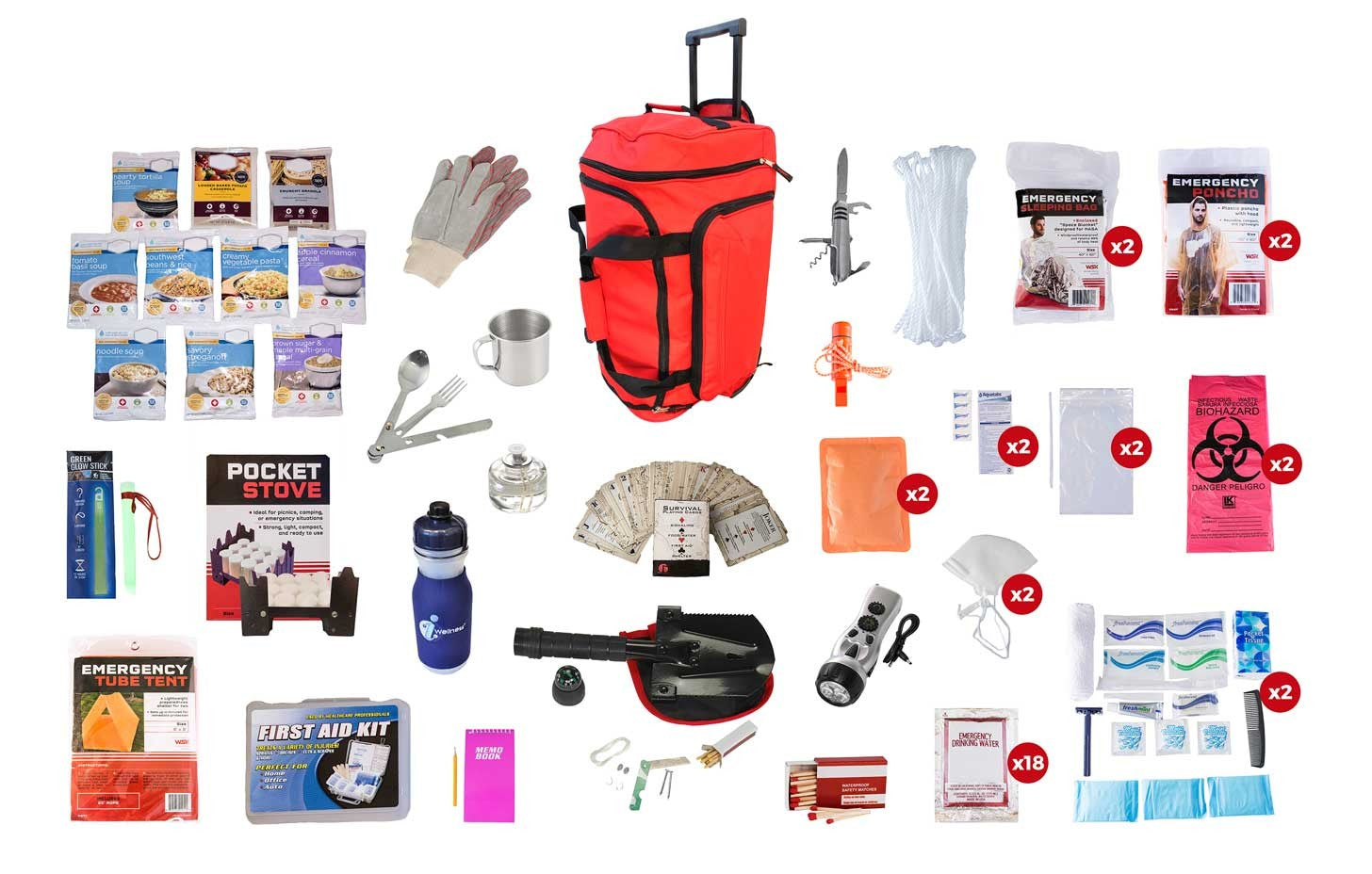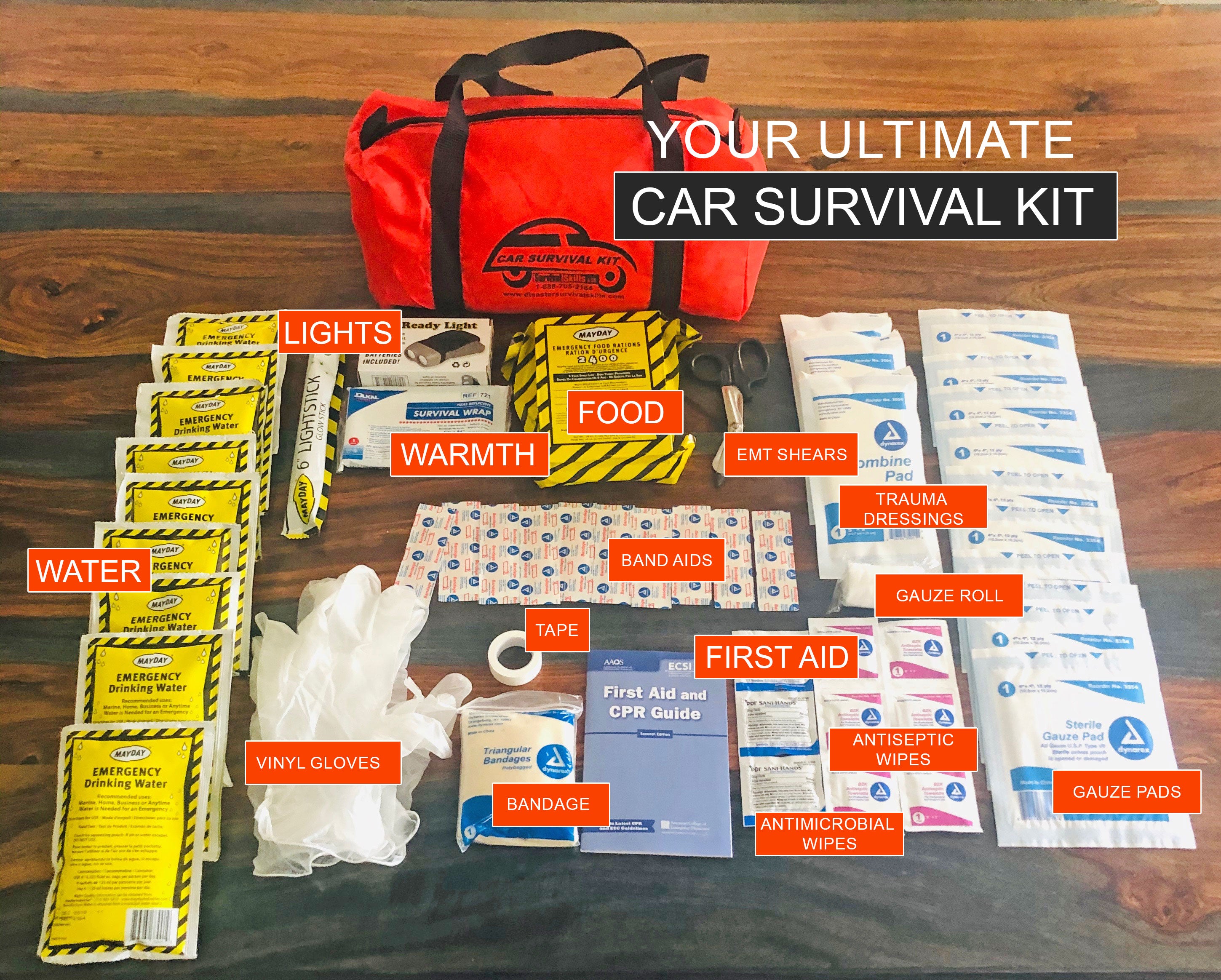Remain Safe with Emergency Preparedness: Specialist Tips and Strategies
Remain Safe with Emergency Preparedness: Specialist Tips and Strategies
Blog Article
How to Develop a Detailed Emergency Readiness Strategy
In the realm of preparedness, developing a detailed emergency situation plan is not merely a task to check off a list; it is an important keystone of any company or individual's strength approach. By meticulously crafting a plan that attends to different elements of emergency situation monitoring, consisting of threat analysis, communication procedures, source allocation, and calculated decision-making, one can lay a solid foundation for securing lives, properties, and procedures.
Significance of Emergency Readiness
Emergency situation readiness is essential for alleviating possible dangers and ensuring the safety of communities and people. In today's world, where all-natural calamities, public health crises, and other emergencies can strike without caution, being prepared can make a significant distinction in lessening the effect of these events. By having a well-balanced emergency preparedness plan in location, individuals and companies can respond efficiently, secure lives, and reduce building damage.
One of the main reasons emergency readiness is essential is its function in conserving lives. When emergency situations occur, having a plan that lays out clear procedures for interaction, evacuation, and emergency feedback can aid individuals act quickly and emphatically. This can stop injuries and casualties by ensuring that individuals recognize what actions to require to stay safe
Additionally, emergency readiness enhances the durability of areas. By fostering a culture of preparedness and planning for numerous circumstances, neighborhoods can bounce back faster from interruptions and calamities. This durability is necessary for preserving security, connection of operations, and general wellness when faced with adversity.
Assessing Possible Dangers
Taking into consideration the significance of being prepared for unexpected events, the first step in establishing an effective emergency situation readiness plan involves extensively examining and examining possible risks. This evaluation requires a thorough evaluation of all possible risks that could affect the company, thinking about elements such as place, market, and historical information on events. By identifying these dangers, companies can prioritize their preparedness efforts and allot sources effectively to mitigate the most substantial hazards.
Usual risks that companies might encounter consist of all-natural calamities like cyclones, earthquakes, or floodings, technical dangers such as power outages or data violations, in addition to human-caused dangers like mishaps or willful acts of physical violence. Performing a danger assessment also entails thinking about the prospective influence of these events on the organization's operations, employees, customers, and reputation. By carrying out a thorough danger assessment, organizations can develop tailored emergency situation feedback plans that address their specific susceptabilities and ensure efficient readiness for any possible crisis.
Developing an Interaction Plan
Developing a clear and detailed interaction plan is crucial for reliable emergency readiness within organizations. In times of crisis, interaction plays a crucial function in making certain the safety and security and well-being of employees, stakeholders, and the neighborhood. A well-balanced interaction plan need to lay out clear lines of communication, designate key employees responsible for communication tasks, and develop methods for distributing info swiftly and accurately.
One key element of developing an interaction plan is identifying alternate and key interaction networks (EMERGENCY PREPAREDNESS). These can consist of e-mail, message messaging, phone trees, social media systems, and public address systems. It is vital to make sure that these networks are trustworthy, easily accessible, and consistently evaluated to assure their effectiveness during emergencies

Building an Emergency Package
Given the critical relevance of preparedness in times of situation, a crucial component that organizations should deal with is the facility of an emergency kit. An emergency set functions as a vital source that can aid mitigate the influence of unforeseen occasions, making certain that vital materials and tools are easily available when required most. When assembling an emergency package, it is important to consider the details needs and situations of the company. Standard things such as water, non-perishable food, emergency treatment supplies, flashlights, batteries, and a battery-powered radio are essential elements of any kind of emergency set. Furthermore, companies must consist of essential records, such as contact lists, insurance policy details, and emergency response plans, in water-proof containers within the kit. On a regular basis reviewing and upgrading the components of the emergency situation kit is imperative to ensure that products are functional and present. By proactively keeping an emergency and building kit, companies can enhance their readiness to effectively reply to crises and safeguard their possessions and workers.
Developing Evacuation Treatments
To make certain the safety and orderly discharge of workers during emergencies, organizations should develop effective and clear discharge treatments. Evacuation treatments need to incorporate a variety of possible circumstances, consisting of fires, natural calamities, or various other emergency situations that require quick evacuation.

In addition, companies must establish a system for accounting for all workers during an evacuation to guarantee that every person has securely left the facilities. Interaction plays an essential duty in emptying treatments, with clear directions on just how to leave and when to do so. Normal evaluation and upgrading of discharge procedures based upon responses and transforming situations are important to preserving the effectiveness of the strategy.
Conclusion
To conclude, establishing a thorough emergency preparedness plan is vital for ensuring the safety and wellness of people in the occasion of a catastrophe (EMERGENCY PREPAREDNESS). By evaluating potential threats, creating a communication plan, developing an emergency situation set, and developing emptying people, treatments and organizations can be much better outfitted to respond effectively to emergencies. It is very important to prioritize readiness efforts to minimize the influence of calamities and safeguard lives and residential or commercial property
In the world of preparedness, developing a comprehensive emergency strategy is not simply a task to check off a listing; it is a crucial cornerstone of any organization or person's strength technique. When emergency situations take place, having a plan that details clear procedures for emergency situation, emptying, and communication feedback can aid people act quickly and decisively. here. linked here By carrying out an extensive threat evaluation, companies can develop customized emergency action strategies that address their particular susceptabilities and make sure efficient preparedness for any prospective crisis
Developing a clear and detailed communication plan is important for efficient emergency situation readiness within companies. By analyzing prospective risks, developing an interaction strategy, building an emergency situation kit, and establishing evacuation organizations, individuals and treatments can be much better furnished to respond efficiently to emergencies.
Report this page